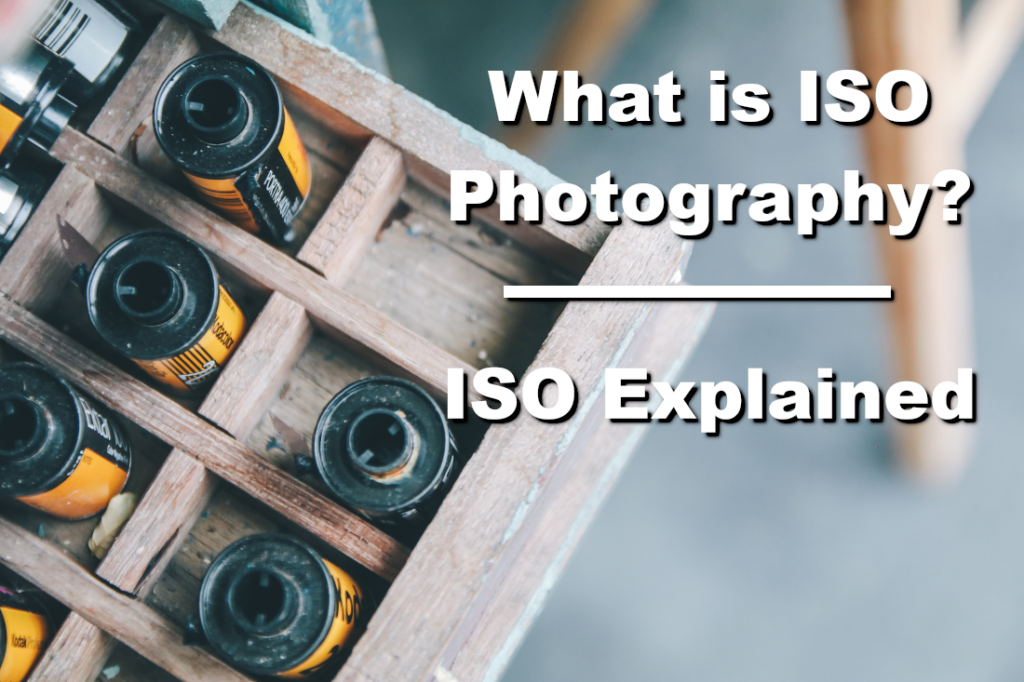Those of us that are older than we’d like to admit remember looking at rolls of film at the drugstore trying to decide whether to buy the roll with 200 or 800 on it. Those days are long gone, but ISO still matters. Modern digital cameras have an incredible range of ISO settings. They can be lower than 100 or over 50,000. But what is ISO and why does it matter?
In this article, we’ll go over everything you need to know about ISO.
What is ISO?
ISO is one of the three points of the Exposure Triangle (the other points are Aperture Size and Shutter Speed). The Acronym ‘ISO’ stands for International Organization for Standardization. That organization sets standards for measurements. In photography, it’s measuring the film’s sensitivity to light. A setting of 200 is half as light-sensitive as an ISO of 400 and one-third as sensitive as an ISO of 600. The sensor in a digital camera is more complicated than that, but for the purposes of taking pictures it operates similarly. That’s a nifty little piece of trivia, but what does it mean for the pictures you take?
How To Use ISO In Your Photography
You’ve probably guessed the main use of ISO already. If ISO tells you how sensitive your sensor is to light, a higher ISO logically gives you brighter pictures and a lower ISO will give you darker ones. That makes high ISO good for low light conditions while a low ISO will give you great pictures when it’s bright outside. But that’s not the only reason to adjust your ISO.
Use High ISO With Fast Shutter Speeds
There’s not a lot of time for light to enter your camera when the shutter is only open for a fraction of a second. A high ISO will give you a great picture even though there’s not a lot of light getting through. That makes high ISO the natural choice for action photography.
High ISO is also helpful when you want an image with depth of field. A large depth of field will put your image in sharp focus and is useful in landscape photography. It requires a small aperture which, like a fast shutter speed, only lets in a little light. Are you seeing a pattern?
Why Can't You Use The Highest ISO all the time?
High ISO has its downsides. Using a high an ISO can make your pictures look overexposed, but there’s an even more insidious side to high ISO. One that not even PhotoShop can fix – grainy pictures.
A higher ISO allows more noise into your photographs which make them appear grainy. For that reason, you should always use the lowest ISO setting you can get away with.
Conclusion
Playing with your ISO is one of the first steps to getting away from the automatic settings on your camera and taking more control of your photographs. Whether you’re taking high-speed shots or landscape photographs in bright sunlight, the right ISO setting will help you take amazing photographs.
